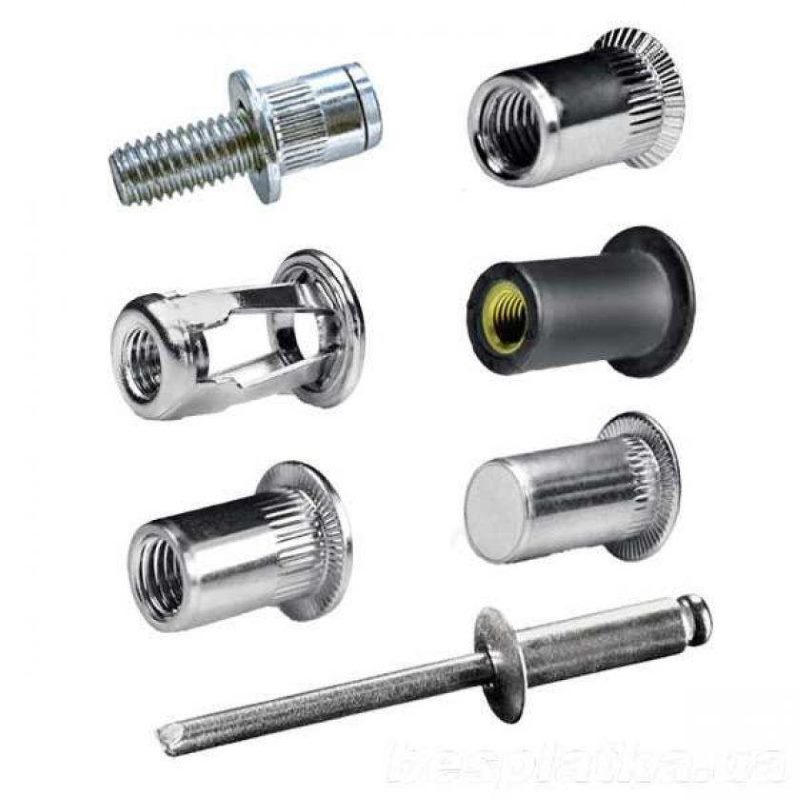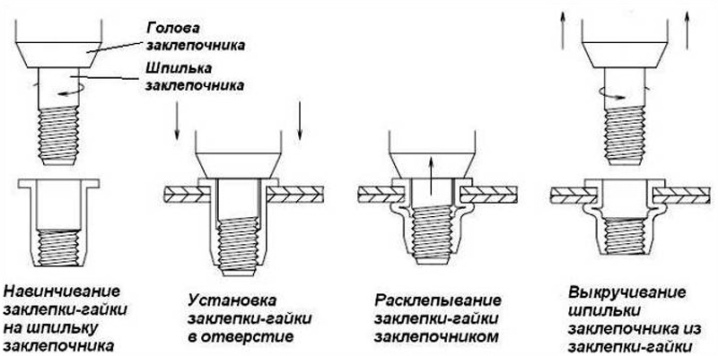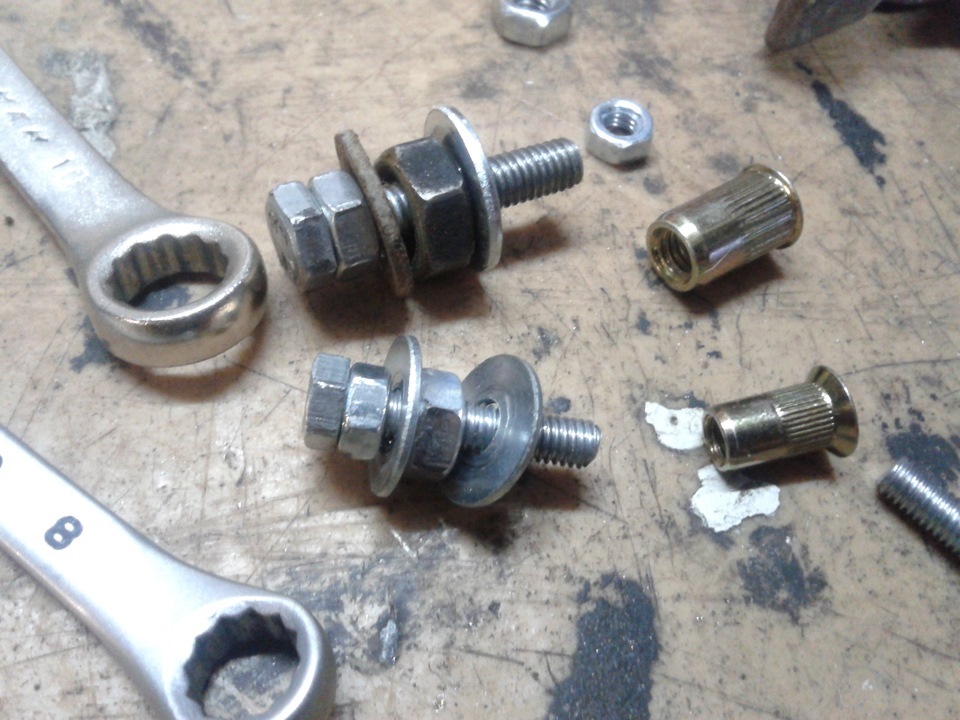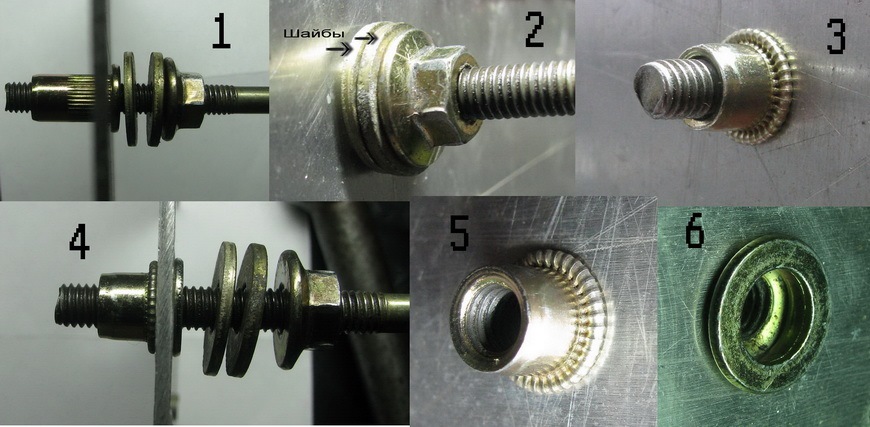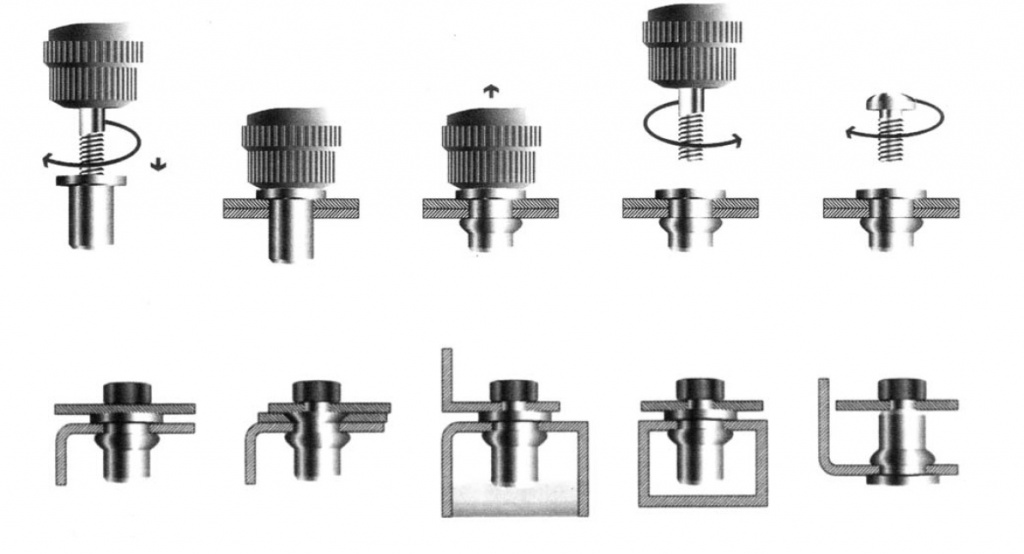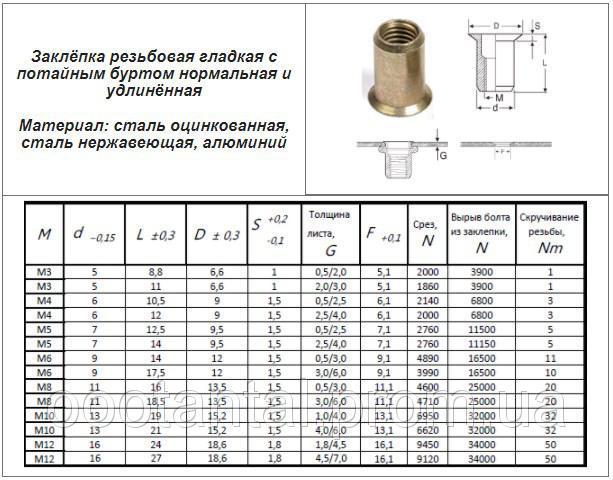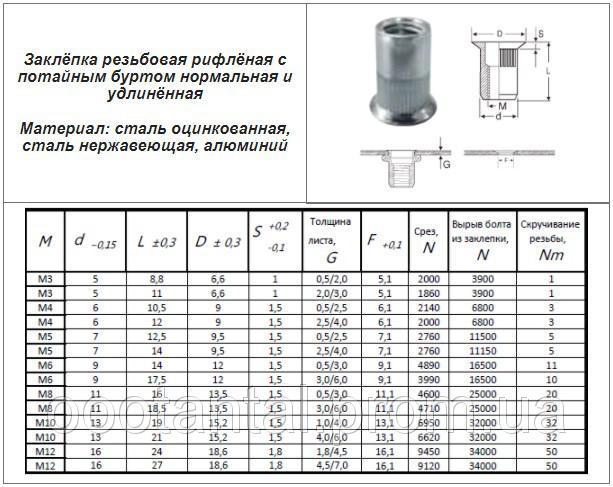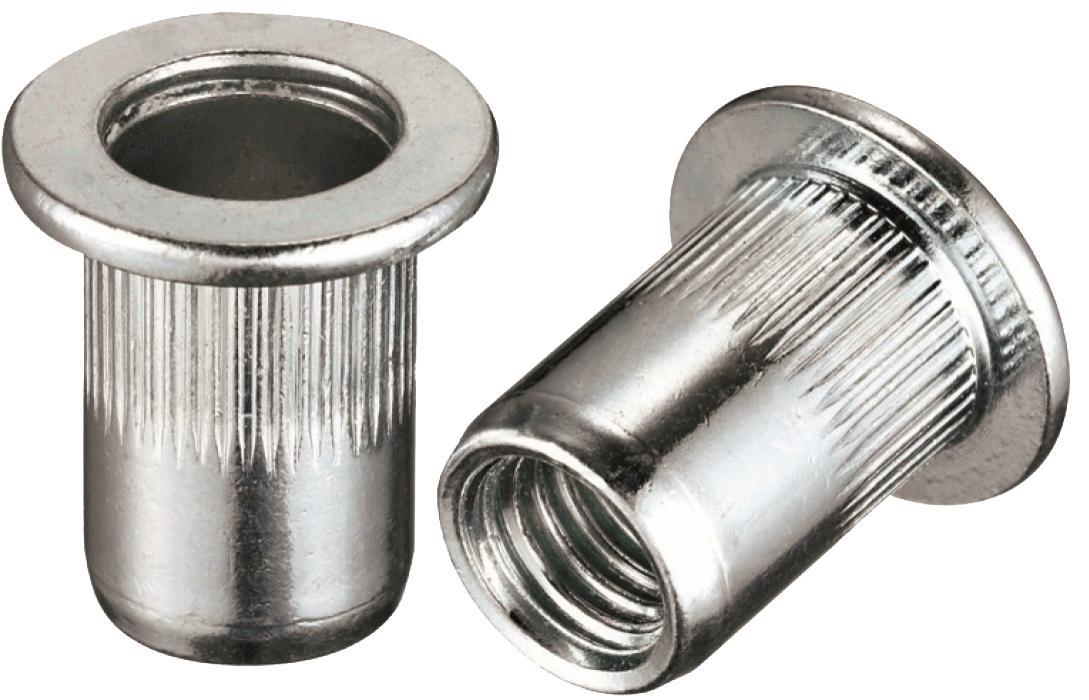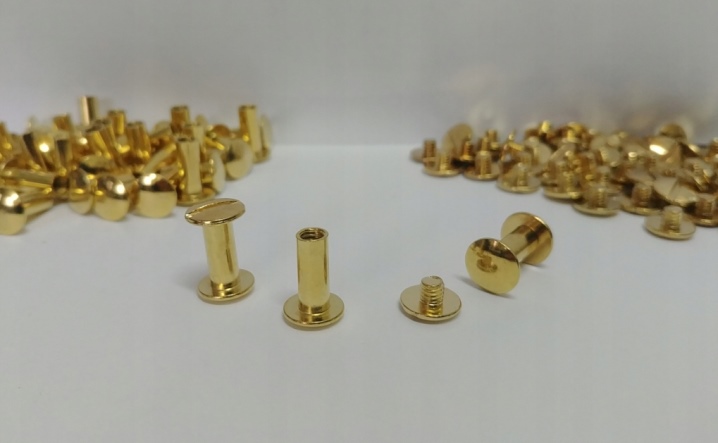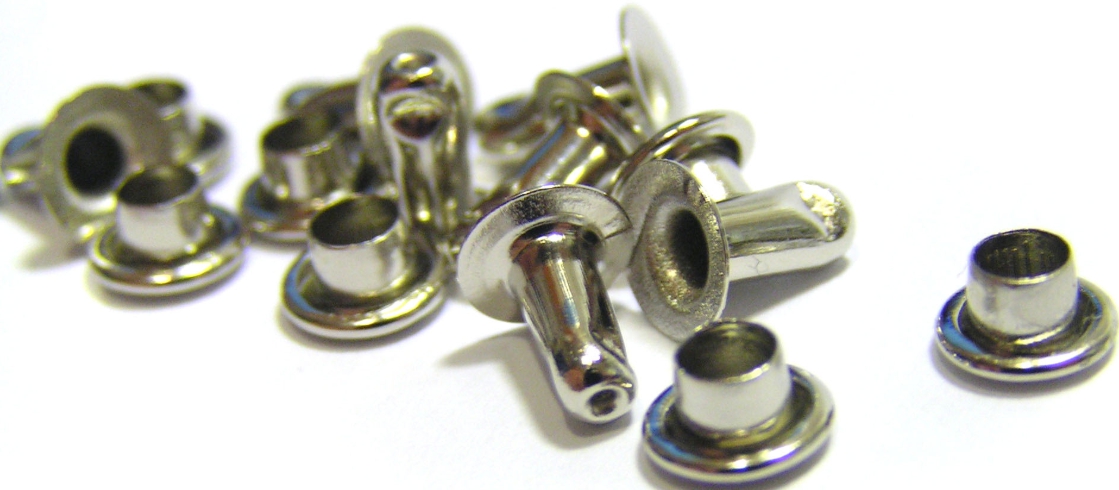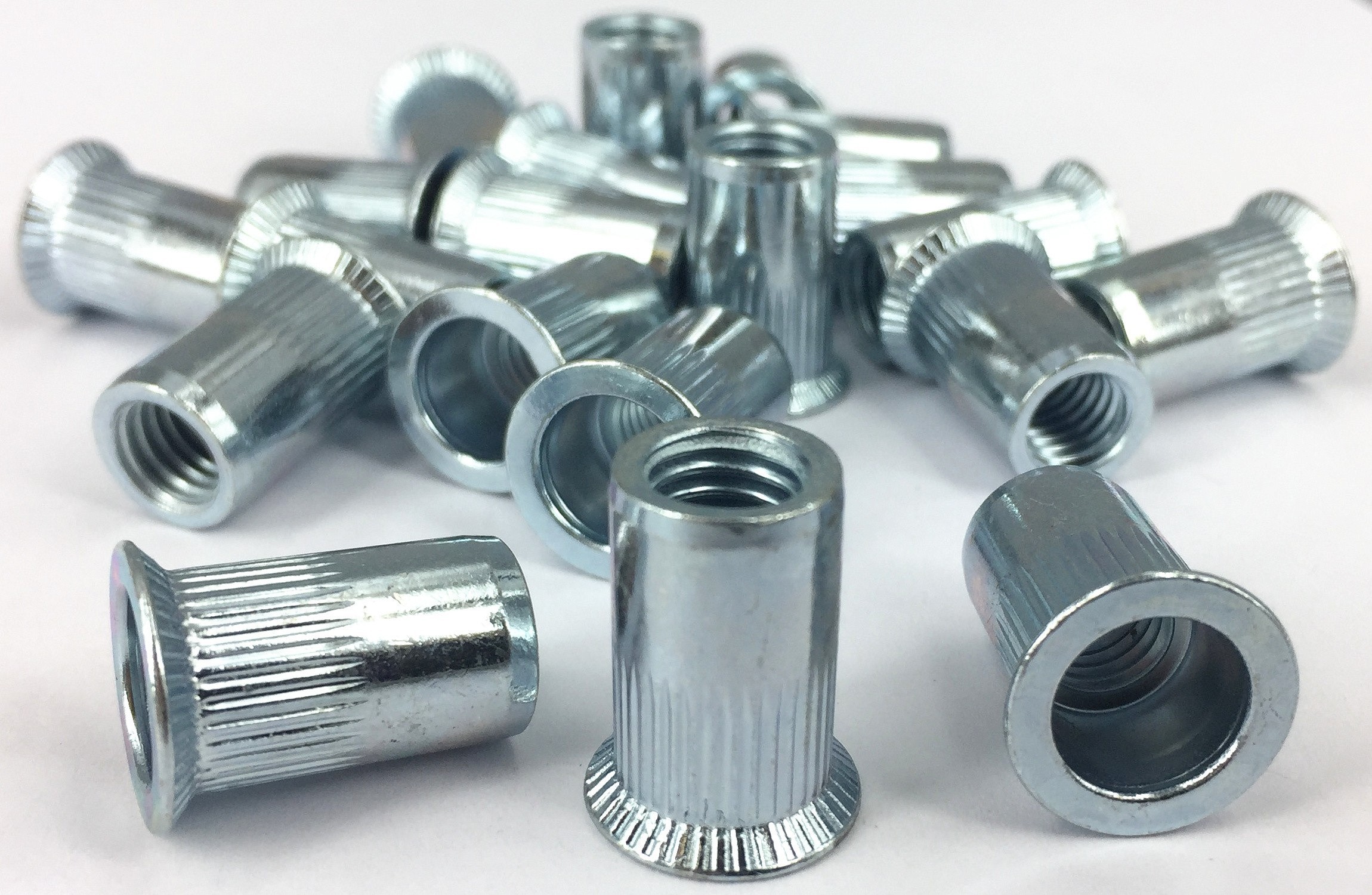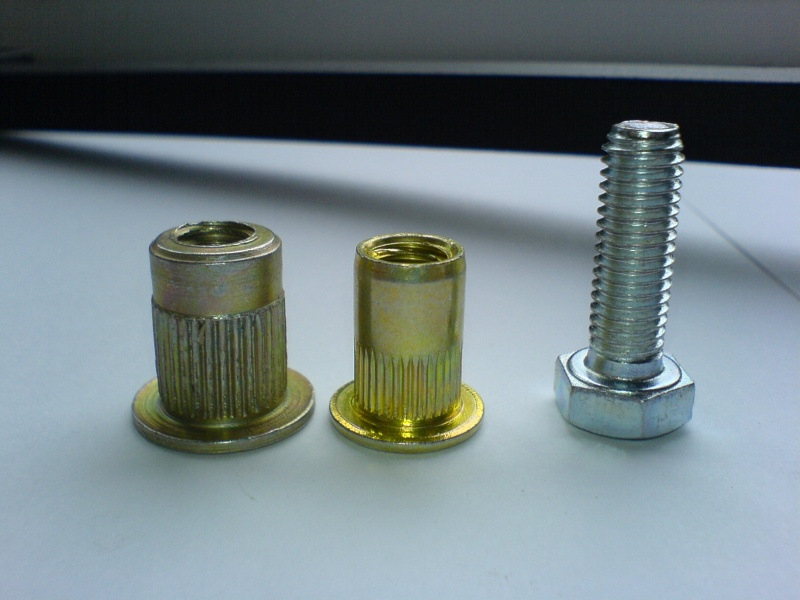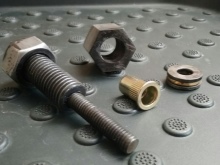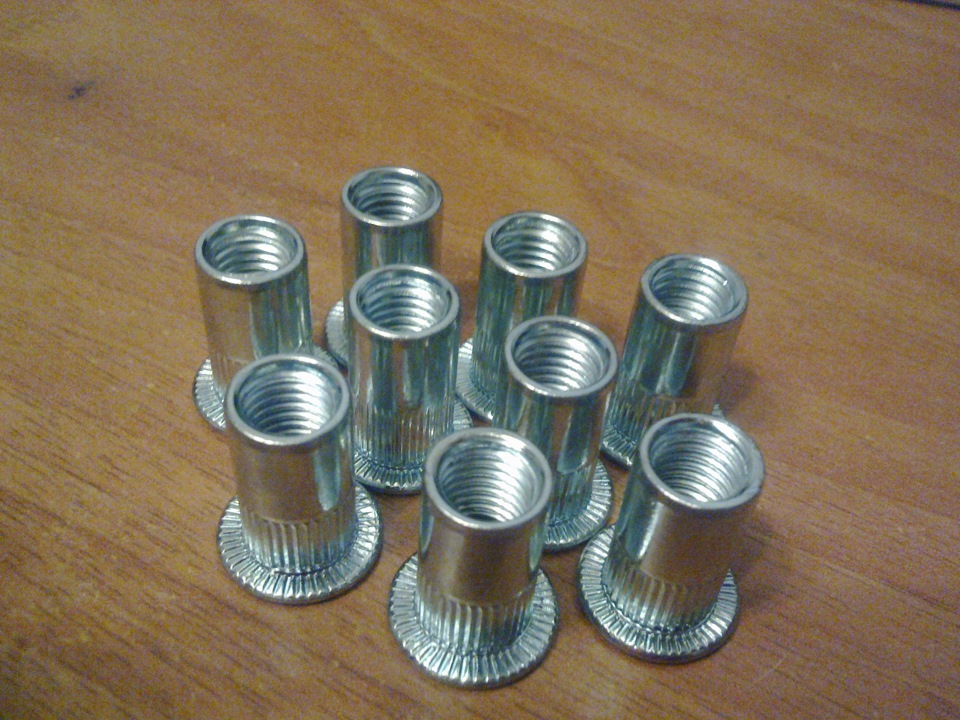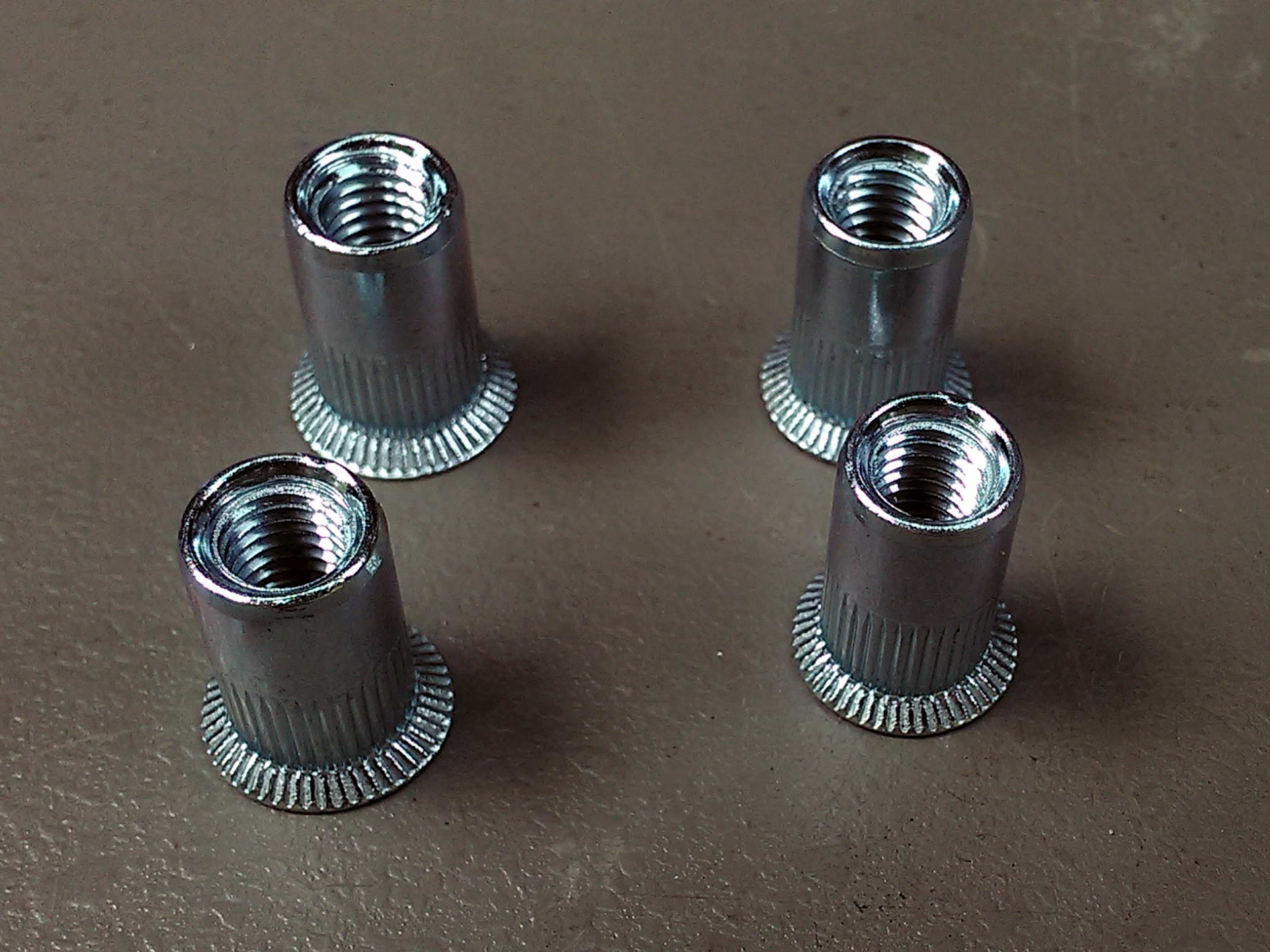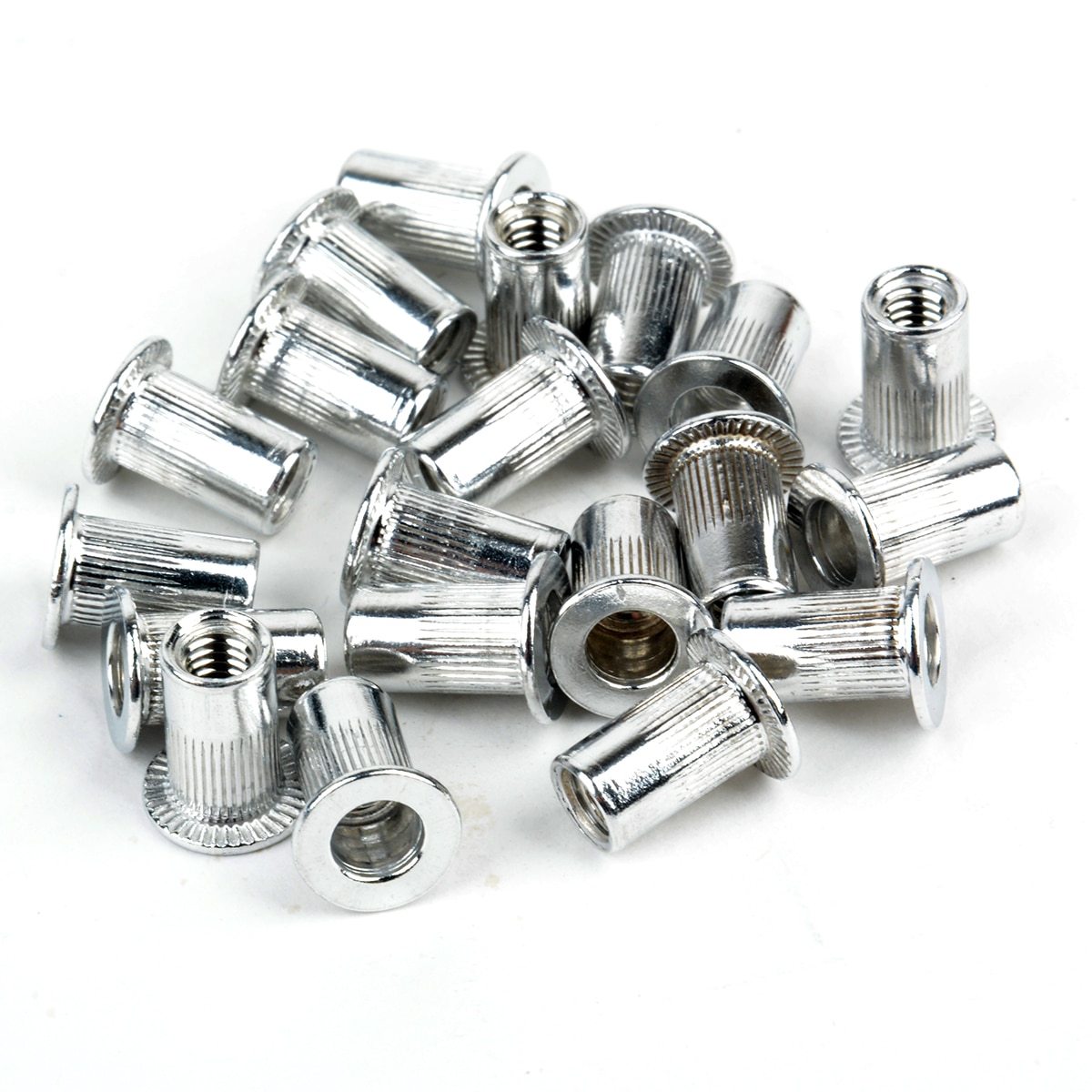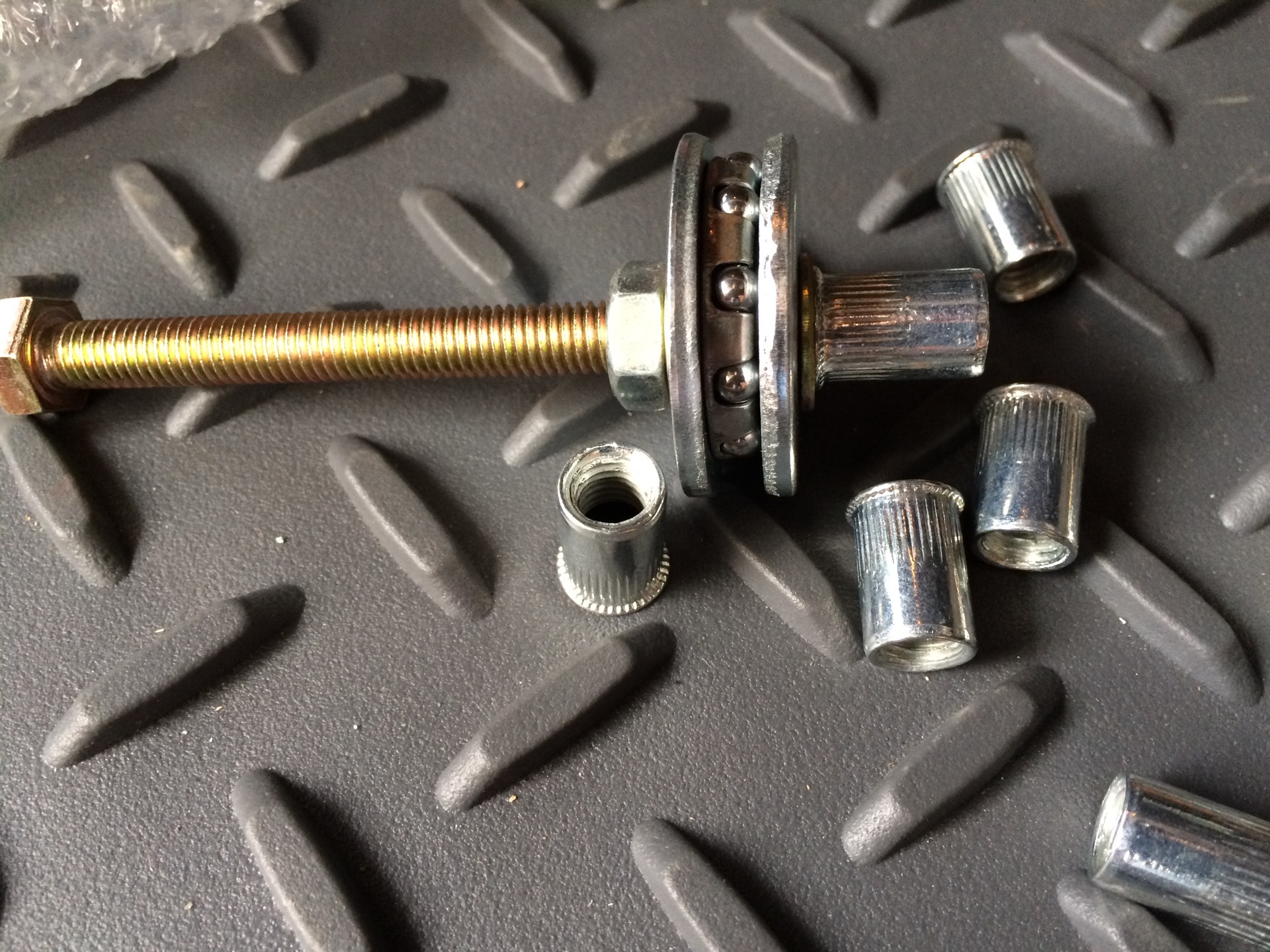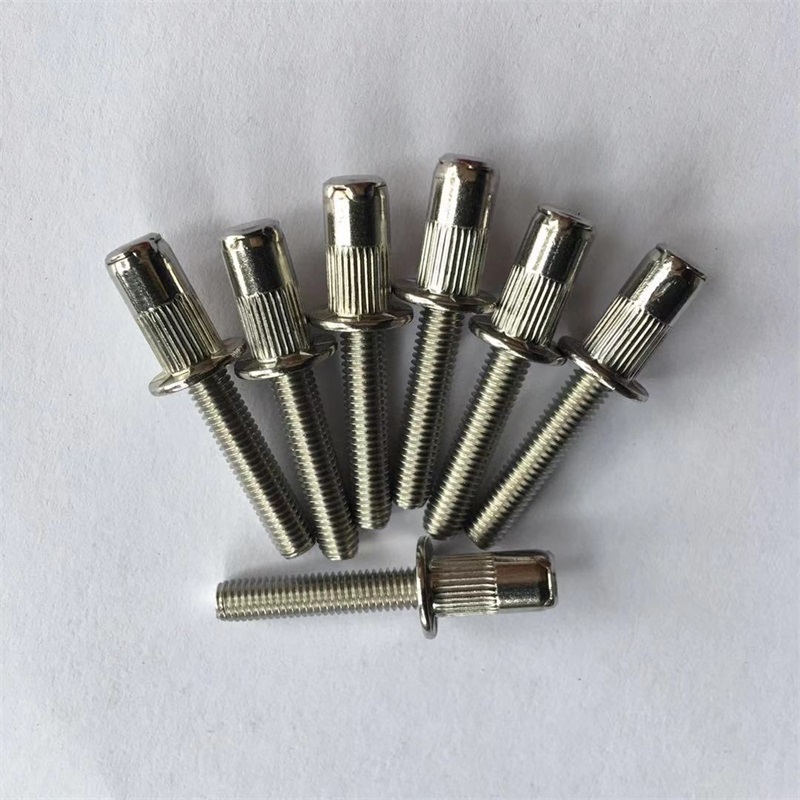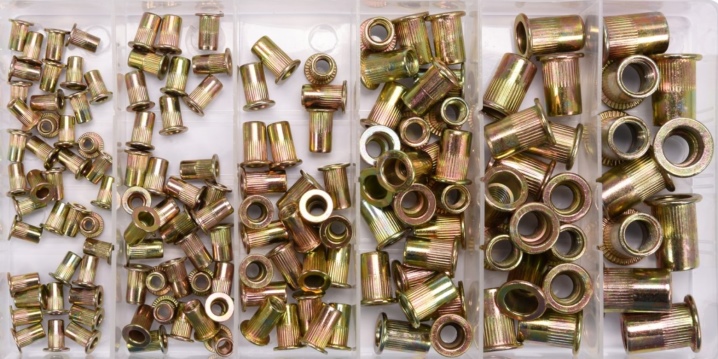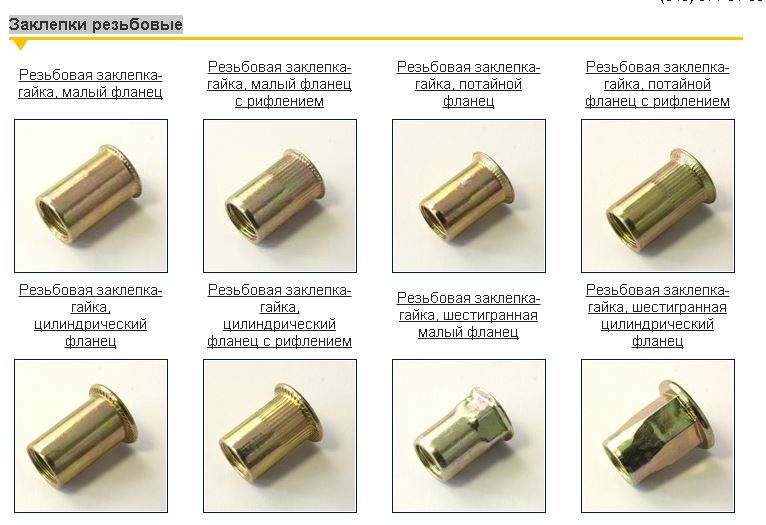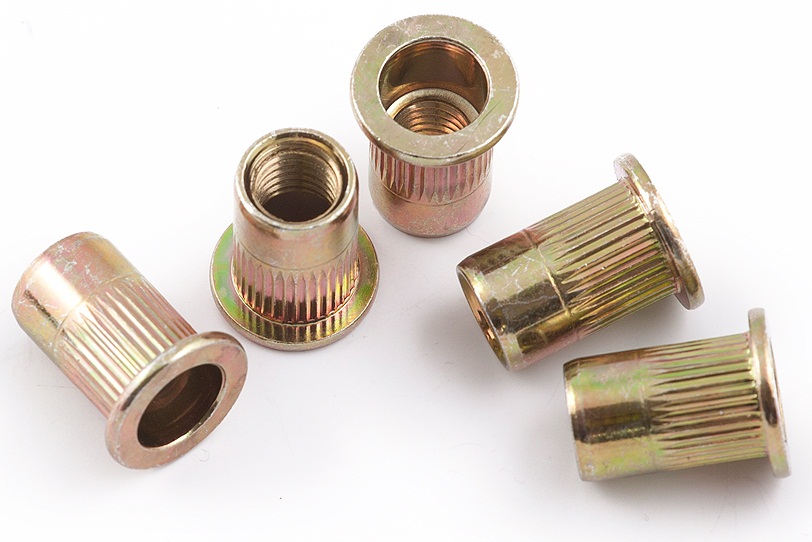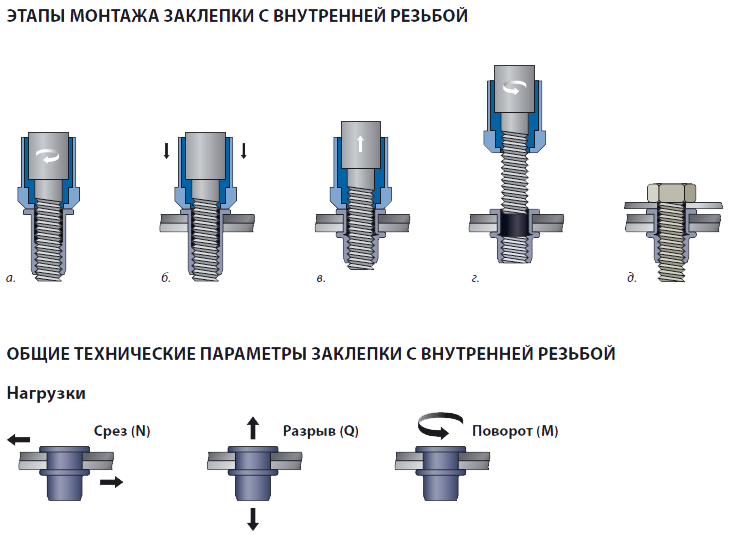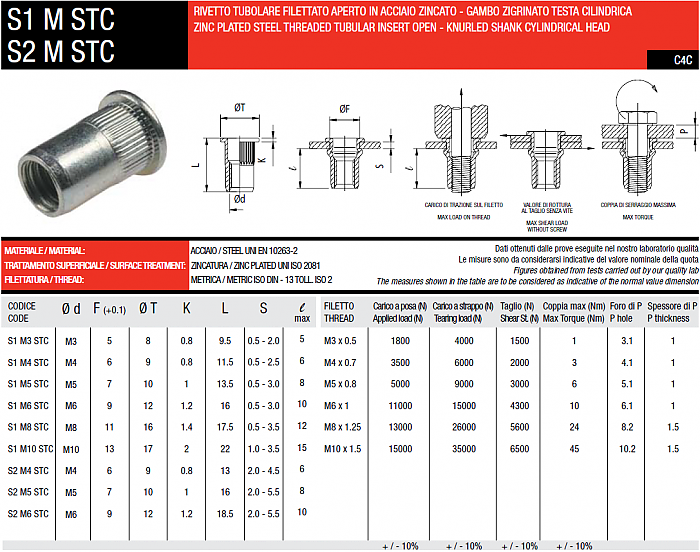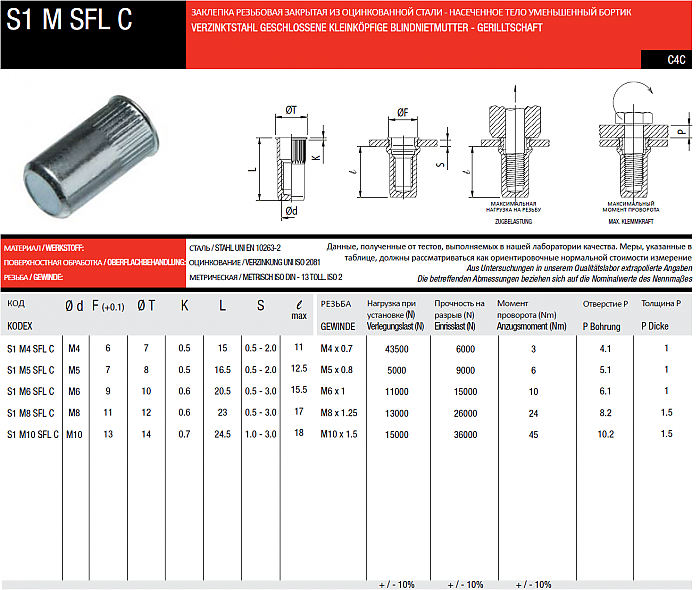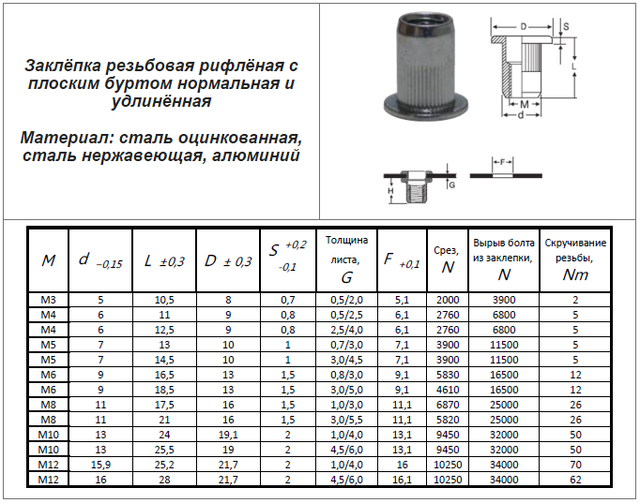Application
In principle, threaded rivets can be used to make almost any connection. However, they are most relevant in cases where, after assembly, there will be no full access to the reverse side of the articulated structural parts. They, like other types of rivets, are most often used when joining elements made of sheet materials. Such hardware products are distinguished by maximum ease of installation, which does not require a large arsenal of special equipment.
Very often it will be much easier to install such a rivet than to cut a thread or apply welding
It is also important to take into account that individual models provide the possibility of an additional, maximally strong connection using bolts or screws of the corresponding diameter. The scope of application of the described devices is determined, first of all, by their type and material of manufacture.
So, the installation of nut rivets is advisable in a limited space. At the same time, the use of hexagonal models will help prevent the risk of twisting during installation. In addition, manufacturers offer rivets for assembling structures designed for specific operating conditions.
Taking into account the principle of installation, threaded rivets can be called in many respects identical to their pull-out counterparts. In this case, the algorithm of actions during the execution of work includes several main stages. We are talking about preparing the surfaces to be joined, drilling holes of the appropriate diameter and directly installing the fasteners
It is important to remember that the quality of the seam formed is determined, among other things, by the row. Taking into account the requirements, a multi-row scheme with a chain or staggered arrangement of elements can be used
To simplify the assembly process as much as possible and reduce time costs, special devices are used - riveters. This tool can be equipped with manual, pneumatic and hydraulic drives.
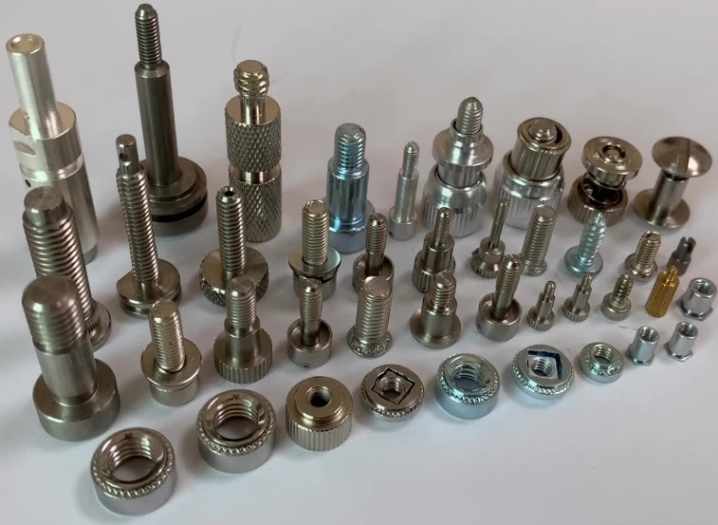
Analyzing the possibility of using threaded rivets, it should be borne in mind that the durability of such connections is determined by the outer diameter of the hardware products to be installed. And in this case we are talking about a direct proportional relationship. In other words, the larger the rivet, the stronger the seam and the higher its resistance to various loads. In addition, the list of factors affecting the quality of joints in a given situation includes the absence of corrugation and wall thickness. However, these characteristics in parallel are reflected in the convenience of performing all the works provided for by the technology.
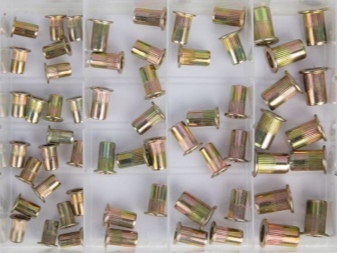

For threaded rivets, see the video below.
Product advantages
Basically, threaded rivets are hybrids of traditional nuts. But they should not be confused with fume hoods. They have advantages, including:
- ease of installation work;
- you can reliably connect components from brittle materials or those that have an insignificant thickness (sheet metal), because the rivet nut will not lead to deformations;
- if the thickness of the products in the aggregate exceeds the length of the fasteners, then one-sided fixation is made, without a through passage, while the quality of work will not be low.
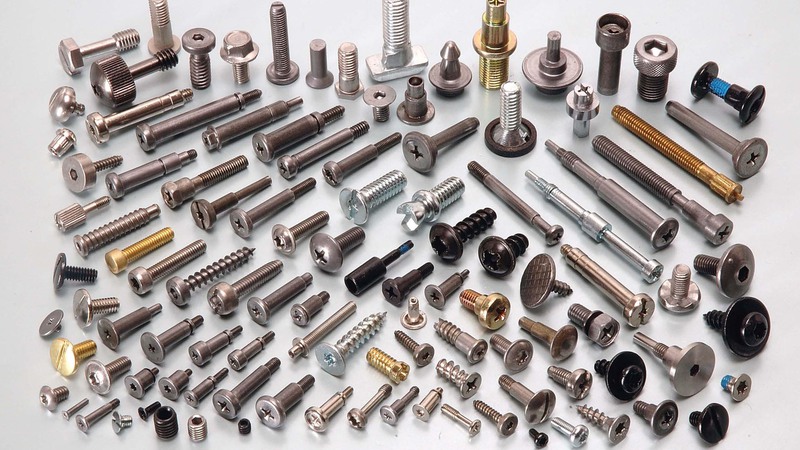
Varieties of threaded rivets
The assortment is quite wide, there are many classifications of fasteners. So, they can have a flat or countersunk head, a nut or screw thread, a round or hexagonal leg (does not allow turning in the seats)
If we take into account the purpose, then there may be:
- electrically conductive;
- having increased force (possibly indentation or stretching);
- for high-tight connections;
- with enlarged heads;
- with the application of an inch thread;
- with special tags (for visual identification);
- with vibration isolation.
Materials used for production
 The fasteners under consideration can have different sides. To get conventional connections, buy nuts with standard collars. If you need to get a slight gap between the parts, it is better to use hardware with reduced or countersunk sides. It is worth considering that before starting the installation, the procedure of countersinking the holes into which the rivets will be planted are performed.
The fasteners under consideration can have different sides. To get conventional connections, buy nuts with standard collars. If you need to get a slight gap between the parts, it is better to use hardware with reduced or countersunk sides. It is worth considering that before starting the installation, the procedure of countersinking the holes into which the rivets will be planted are performed.
Threaded rivet nuts can be produced from several types of metal, in particular:
- Carbon steel. For the production of universal products and the creation of standard connections.
- Made of stainless steel. Production of hardware that will be operated at high temperatures or in places with high levels of humidity.
- Made of aluminum. Such rivets are distinguished by their low weight and excellent anti-corrosion properties.
- Made of bronze. This metal is used if fasteners with insignificant sparking rates are needed.
Peculiarities
Initially, it is worth recalling that until relatively recently it was rivets that were one of the most common types of hardware products. Today, despite the active introduction of advanced technologies and innovative technical solutions, the relevance of such fasteners remains in many modern areas. Design features and operating principle of threaded rivets deserve special attention.
It is important to consider - regardless of the variety, they work the same way.
At their core, all rivets are bush-type fasteners with a crimp head. On the other hand, there is a head that is closed during the assembly process. If we compare the more familiar to many exhaust and considered fasteners, it will become clear that the latter differ, first of all, in the presence of a threaded element. In this case, we are talking about a compact design in the form of a sleeve (rod), which has a cylindrical or hexagonal shape. Its upper part is equipped with a support flange, and the lower one has a thread.
Considering the features of threaded rivets, it is necessary to pay special attention to the following clear advantages of this type of fasteners
- Maximum ease of use.
- The strength of the joints created, including, if necessary, the installation of structures from fragile elements. This refers, for example, to thin sheet iron, even a slight deformation of which during the assembly process is unacceptable.
- Possibility of high-quality one-sided fixation. This point is most relevant in situations where the total thickness of the fastened parts exceeds the length of the hardware product. In this case, threaded rivets are able to provide a reliable installation without sacrificing the performance of the structure.
- Retention of fastening strength for a long time.
- Complete absence of chemical and mechanical aggressiveness.
- Preservation of the paint coating of the surfaces of the parts to be joined.
- Possibility of permanent connection of structural elements made of different materials.
- Absence of any mechanical stresses.
- Possibility of multiple dismantling with re-installation of fasteners.
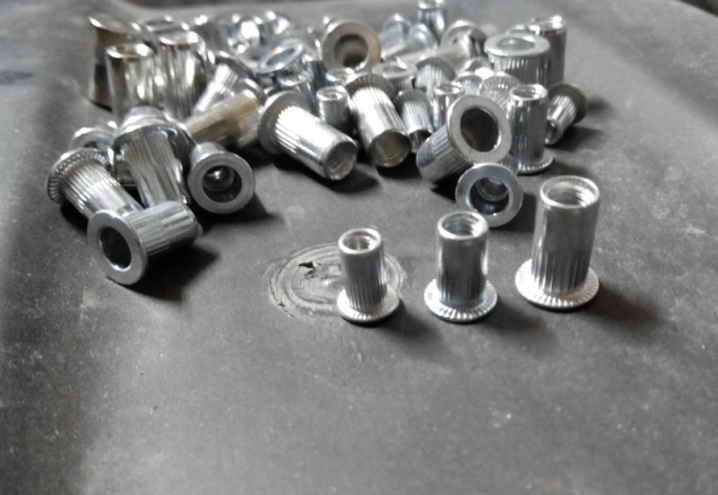
At the moment, more and more often they give preference to welded seams, splices or glues. However, despite all the indisputable advantages of this kind of connections, in some situations the only rational way out is to use rivets with a threaded element.In addition to all of the above, it should be noted that such devices are capable of withstanding significant thermal loads.
Also, threaded rivets do not cause structural changes in the mounted parts, which cannot be said about the same welding. This point is very important when joining different materials. And do not forget that the described hardware products, if necessary, ensure the preservation of the mobility of structural elements.
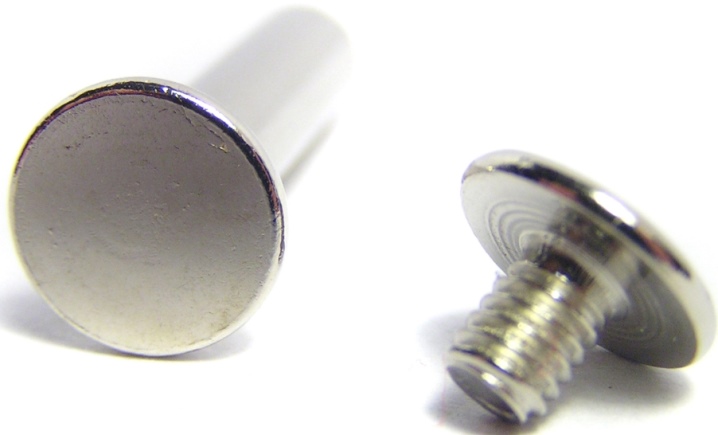
Naturally, there are certain disadvantages of such rivets, which include the following important points.
- At the preparatory stage, it is required to carry out the most accurate marking and make holes of the corresponding diameters.
- In the overwhelming majority of cases, there is no tightness of the created seams. In some situations, the solution may be to install rubber gaskets or gaskets made of other materials.
- The performance of work is accompanied by a fairly noticeable noise.
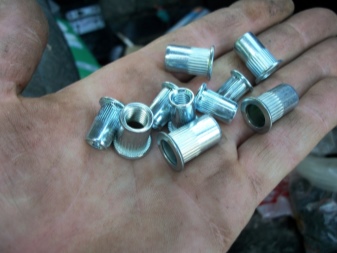

Materials (edit)
Above, attention has already been focused on the variety of materials used in the production of the described hardware. However, it is worth describing in more detail the most common versions of threaded rivets.
And in this case we are talking about the following important points.
- For universal fasteners and for making standard connections, carbon steel is generally used.
- The choice in favor of "stainless steel" is justified in situations where it is required to create joints of structural elements operated at high temperatures and in conditions of high humidity.
- The main differences between aluminum rivets are, above all, outstanding anti-corrosion properties and minimal weight.
- Bronze will be the best solution if you need to use fasteners made of materials with minimal sparking rates.
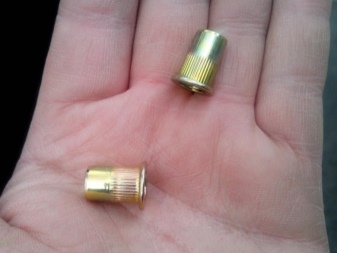

In addition to everything already listed, it is worth noting that in some cases neoprene is used as a raw material. Products made from this polymer are self-aligning. In such cases, there is no need to use special tools and equipment.

Species overview
At the moment, in the corresponding segment of the modern hardware market, a wide range of considered fixtures is presented. Rivet bolts, versions with cylindrical flanges, blind rivets and other threaded rivets are produced. On the one hand, this allows in each case to select the most suitable rivets, taking into account all relevant criteria. At the same time, such a variety becomes the cause of certain difficulties in choosing.
First of all, we are talking about the material from which the rivets are made, the latter can be:
- steel;
- made of "stainless steel";
- copper;
- made of aluminum alloy.
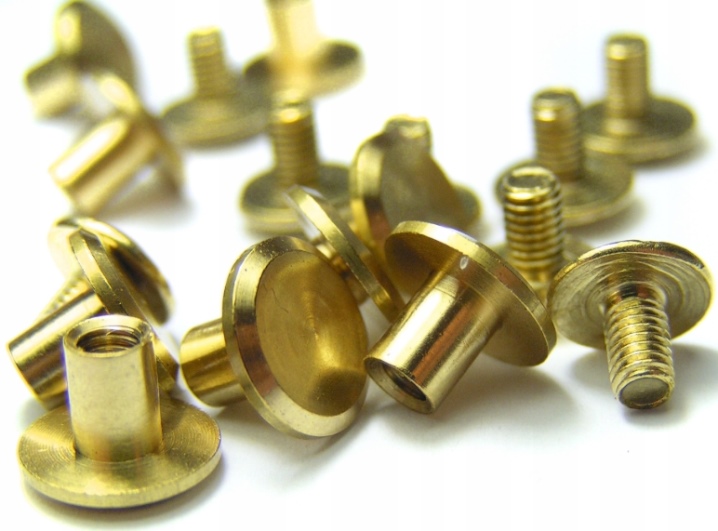

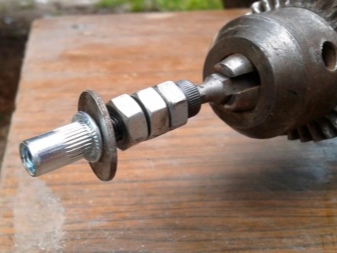
By type of thread
In this case, we are not talking about devices with an external thread. There are two versions of rivets with an internal thread.
- Nuts with thread from M4 to M8, designed for non-separable connection. It is more expedient to install in the absence of access to the reverse side of the parts.
- Screw threads from M3 to M16, with the help of which a dismountable connection is created.
By head type
In addition to the material of manufacture and features of the thread, the described fasteners are divided into types, taking into account the characteristics of the head. There are two categories of models.
- With flat heads - used on small surfaces.
- Countersunk heads - installed when it is necessary to create minimally visible connections.
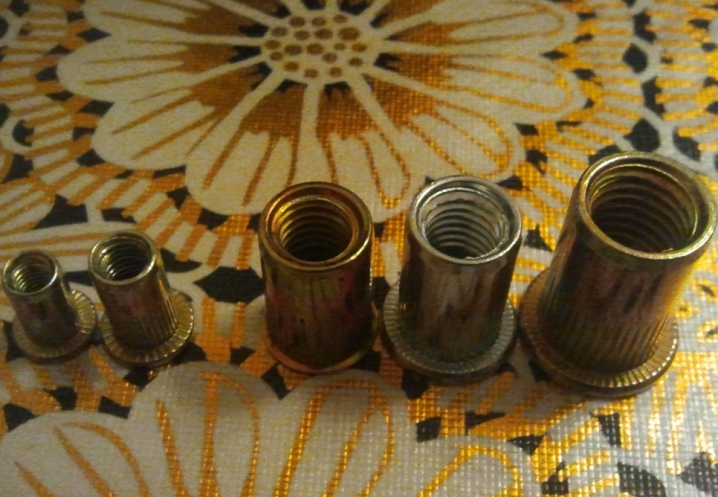
By the profile of the leg
Taking into account this parameter, all fasteners on sale can be divided into the following three types.
- Smooth, which are recommended for use when it is necessary to connect structural elements made of soft and brittle materials.
- Grooved - threaded rivets, designed for installation work related to the fastening of harder materials. This surface treatment minimizes the possibility of the leg turning.
- Hexagonal is another product category designed for durable materials. The profile in this case almost completely excludes the possibility of turning the rivet during its installation and fixation.
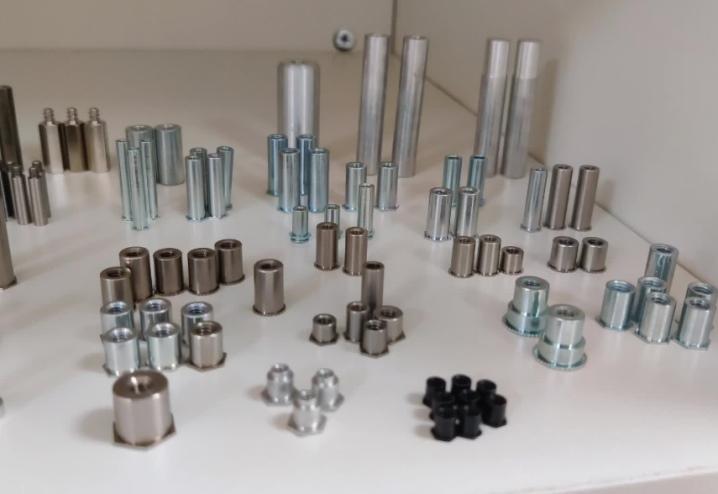
By the type of pile
Taking into account the peculiarities of this part of the hardware, it should be noted that there are rivets with the following types of collars
- Cylindrical.
- Secret.
- Reduced.
The choice in favor of models with a countersunk or reduced shoulder is made if it is required to minimize the gap between the parts to be connected as much as possible. It is also necessary to remember several important points in the context of the preparation of parts and nuances of the installation work. In accordance with current rules and regulations, before installing any type of rivets, the countersinking of the mounting holes is always carried out.
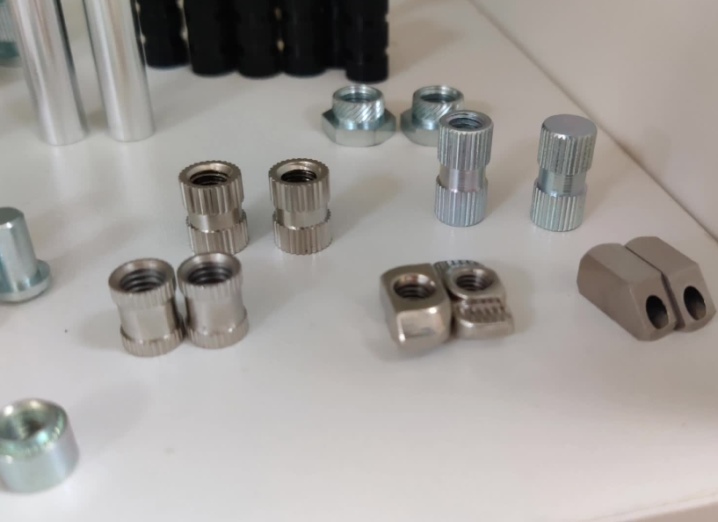
By appointment
Now on the market you can find almost any threaded rivets, including models for plastic, as well as designed for use when installing a rivet. Taking into account the purpose, the following types of models can be distinguished:
- with increased electrical conductivity;
- with a force that provides the possibility of stretching or indentation;
- designed to create the most tight connections;
- having oversized heads;
- with inch thread;
- with special marks on the surface, designed for quick visual identification;
- with high quality and effective vibration isolation.
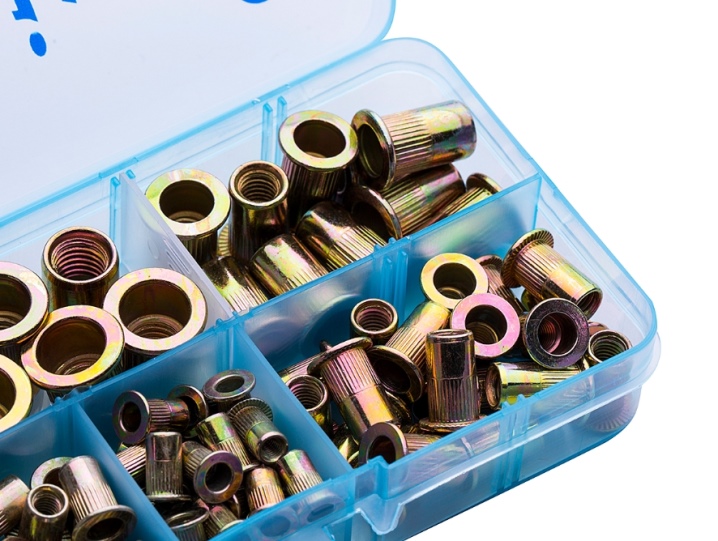
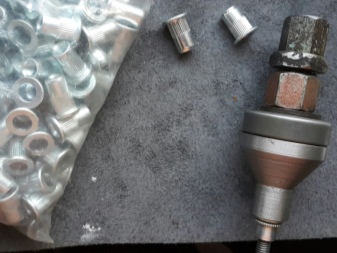

Connection of profiled sheets
In principle, professional sheets can be used anywhere. There are no strict restrictions as such. The main condition is the correct choice of the type of product and the corresponding dimensions.
It is necessary to take into account one more nuance: you should definitely pay attention to such fasteners if you plan to carry out fastenings of structures, after completing work with which access to their back side will be completely closed or very difficult
For example, when working with a power (signal) cabinet, it will be difficult to dismantle the panel if the nuts screwed onto the screws turn.
The internal thread makes it possible to connect thin sheets of metal and steel, because the use of ordinary hardware will not give the desired result. Durability depends entirely on the parameters of the outer sections. The larger the size of the fastener, the higher the reliability and strength. To connect parts with a thickness exceeding 4 mm, it is advisable to use rivets with a thread M10, 1-3 mm - M6, M8, up to 1 mm - M3.

